Scientists Discover Unusual New Species of Octopus With Massive Eyes and Blood-Red Tentacles
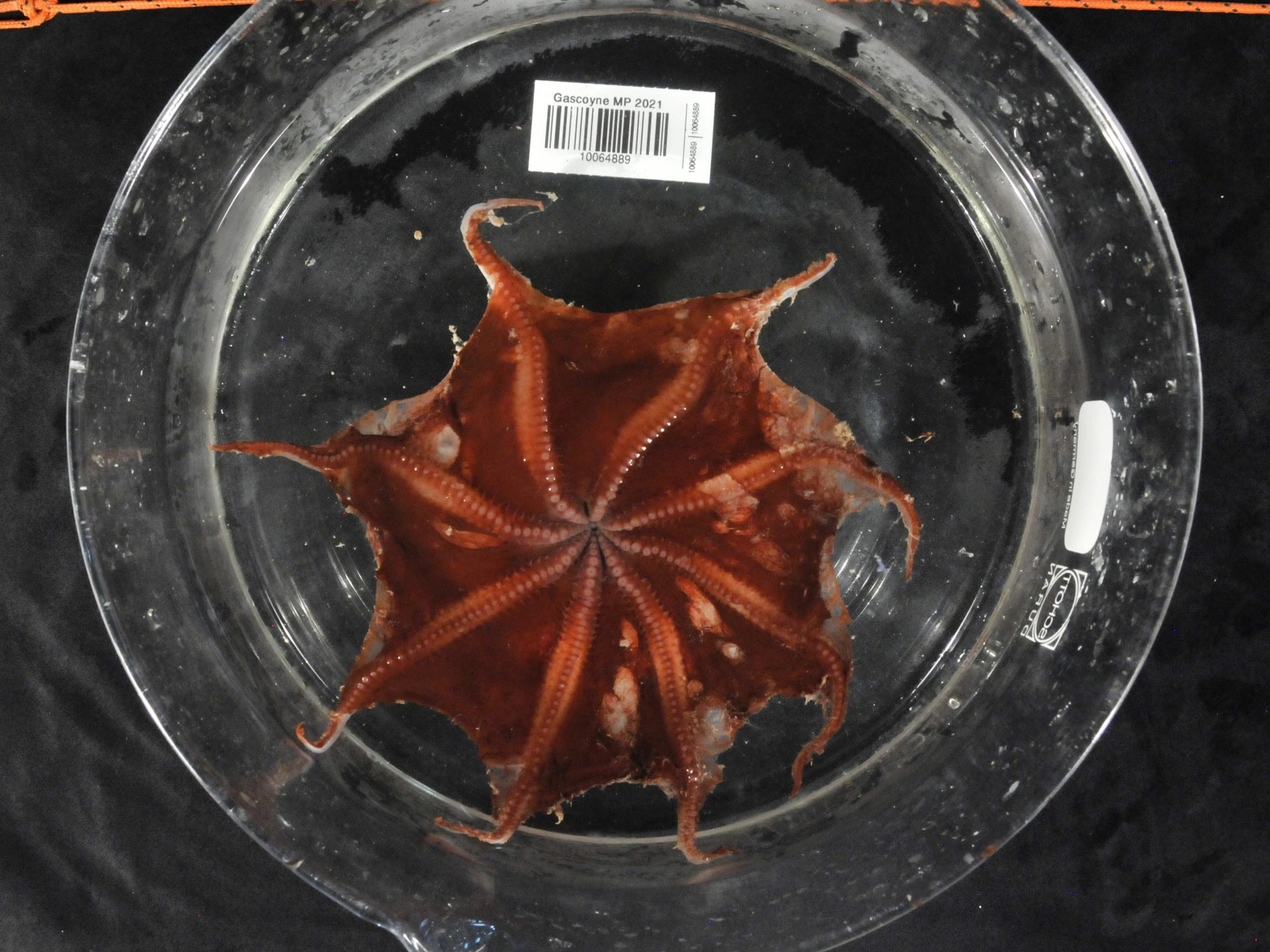
The Carnarvon Flapjack Octopus is a small, soft-bodied deep-sea species that reaches about 4 centimeters across.
A new species of flapjack octopus, distinguished by its giant eyes and striking blood-red tentacles, has been identified in a deep-sea canyon off the coast of Australia.
The species has been formally named Opisthoteuthis carnarvonensis, or the Carnarvon Flapjack Octopus, in recognition of the region where it was discovered.
It represents the tenth newly described species from specimens gathered during a 2022 expedition of the research vessel (RV) Investigator, led by CSIRO, Australia’s national science agency.
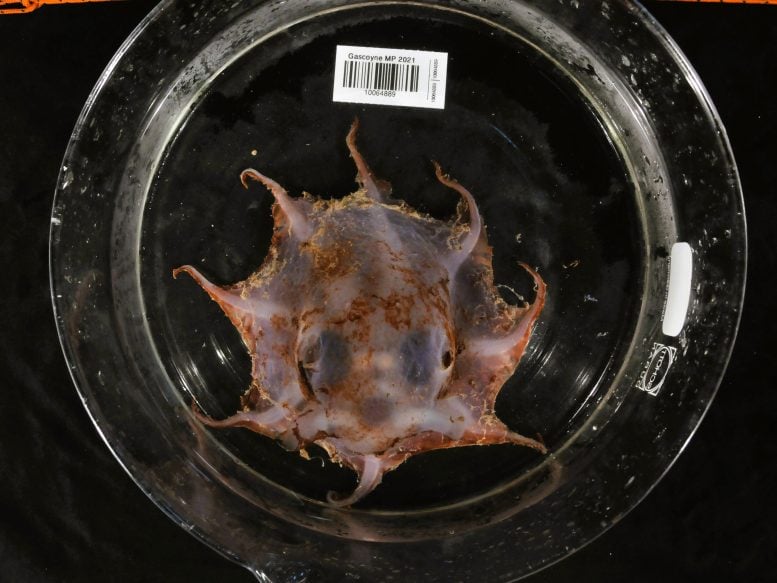
Surveying deep-sea marine parks
The RV Investigator carried out a month-long mission to explore the largely uncharted habitats and seabed biodiversity of the Gascoyne and Carnarvon Canyon Marine Parks in Western Australia.
This work marked the first baseline marine survey of both the Gascoyne Marine Park and the Carnarvon Canyon Marine Park, overseen by Parks Australia.
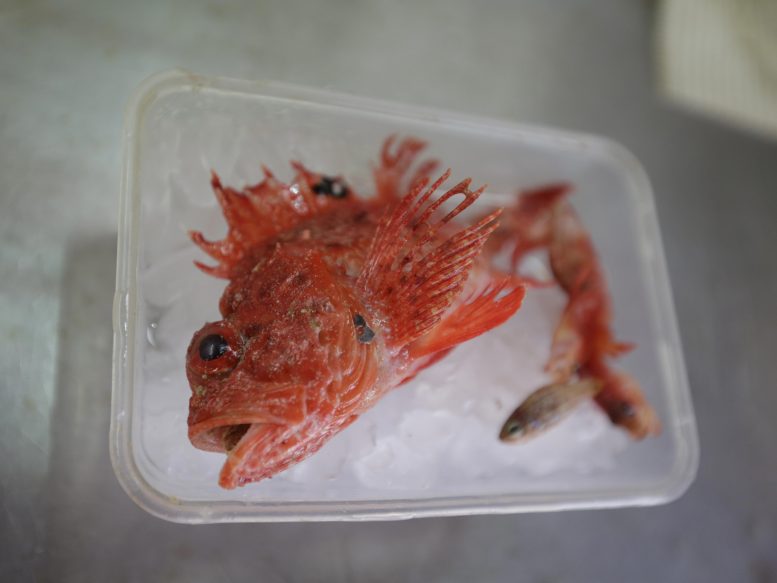
Throughout the voyage, researchers employed advanced cameras, nets, and sleds to collect samples and capture imagery from thousands of meters beneath the ocean surface. These efforts yielded many specimens believed to represent species previously unknown to science.
Since the end of the voyage, researchers, taxonomists, partner museums and research collections, including Tasmanian Museum and Art Gallery and CSIRO’s Australian National Fish Collection, have been busily working to help identify and describe some of these new species.
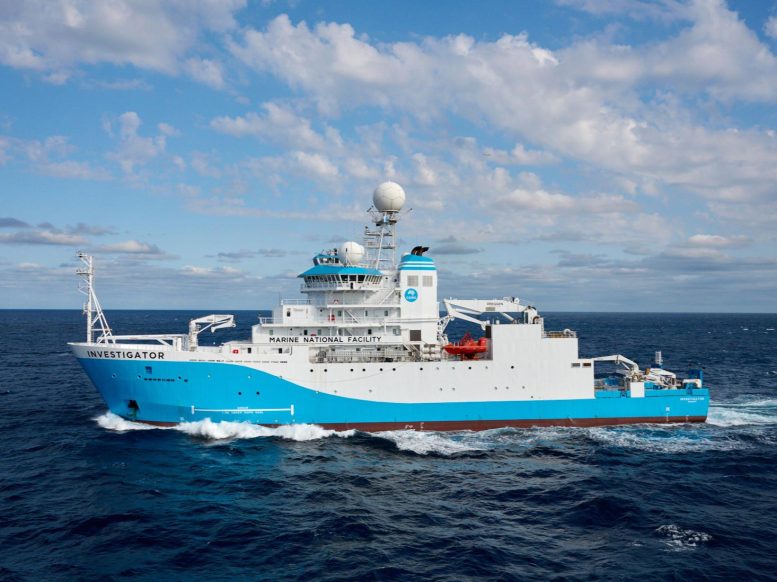
Describing new marine species
In newly published research, Dr. Tristan Verhoeff, a volunteer Systematic Taxonomist with the Tasmanian Museum and Art Gallery, described the new species of flapjack octopus.
Scientists are creating a growing list of new species from this 2022 voyage, including the recently described Painted Hornshark and Parallel-spine Scorpionfish.
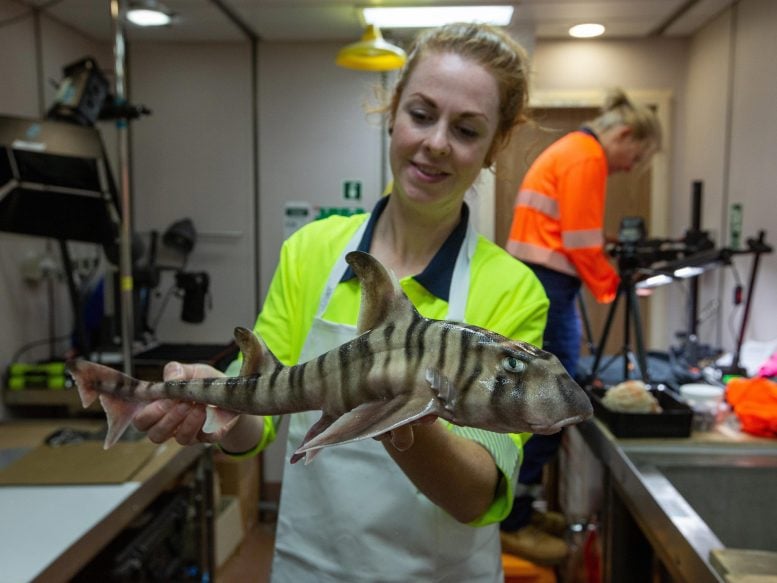
These discoveries help marine managers, such as Parks Australia, better conserve and protect the incredible diversity of marine life that inhabits Australia’s oceans.
About the Carnavon Flapjack Octopus discovery
- The Carnarvon Flapjack Octopus is a small, gelatinous deep-sea octopus that grows to around 4 centimeters diameter, but little is known about its ecology or lifestyle.
- Flapjack octopuses are a type of cirrate or ‘dumbo’ octopus, and there are approximately 50 described species of dumbo octopuses worldwide, with 15 species recorded from Australian waters.
- The flapjack octopus is a deep-sea shape shifter with the ability to flatten its body to resemble a pancake – or flapjack, hence its name – or to pull itself up to look like a tiny gelatinous umbrella.
- Flapjack octopuses have large eyes relative to their body size, enhancing their ability to detect prey in the dimly lit depths that they live. They eat worms and small crustaceans, using their tentacles to capture and consume their prey.
- The specimens used to describe the new species were collected from depths of 1044-1510 meters in and around the Carnarvon Canyon and Gascoyne Marine Parks in Western Australia.
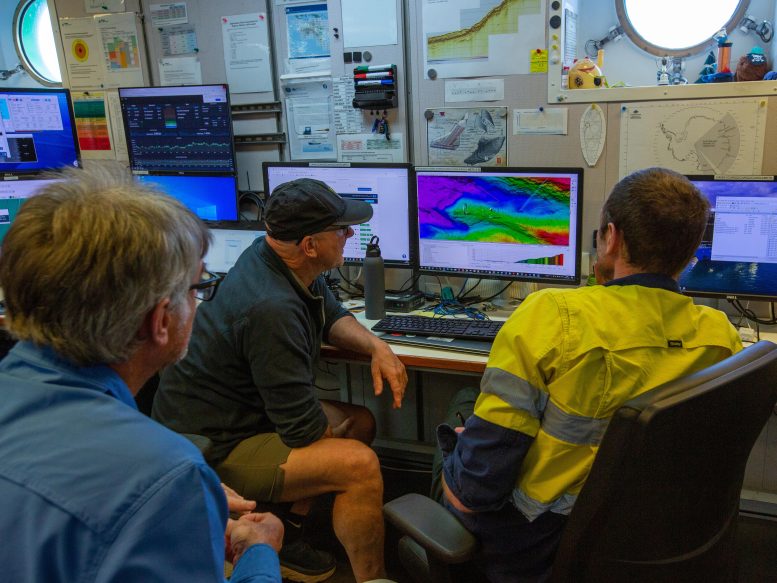
Expert insights
Dr. Tristan Verhoeff, volunteer Systematic Taxonomist, Tasmanian Museum and Art Gallery, said:
“This new species is a flapjack octopus, which is a type of cirrate or ‘dumbo’ octopus found in the deep ocean. It is a small octopus, with a body length up to 40 mm, and has an orange-brown coloration.
“Dumbo octopus are a rare and unusual species that live on the seafloor. They reproduce and grow slowly, are very soft and gelatinous, and, unlike other octopuses, they produce no ink and cannot change color.
“Australia has a higher biodiversity of dumbo octopus species compared to other countries but many of these species have only been recorded or described in the past few years. The Carnarvon Flapjack Octopus, which was named for the location where it was found, is only known from the Carnarvon Canyon and Gascoyne Marine Parks off northwestern Australia. Its presence adds extra value to these recently established marine parks.
“Describing a new species is exciting, but there is pressure to do it right, and it takes time, as you have to look at comparative material and go through old literature. Many of the new species I have described have been in museums and other collections for decades, awaiting someone to notice them.
“This species discovery increases our understanding of Australia’s deep-sea ecology and biodiversity. Describing new species is also essential for future work on their ecology, and assessing populations for conservation.”

Earlier this year, Dr. Verhoeff described another new octopus species from specimens collected on the same 2022 voyage, and has also described several other new species from earlier voyages by RV Investigator and previous CSIRO research vessels.
Dr. Lisa Kirkendale, Head of Department, Aquatic Zoology, Western Australian Museum said:
“Discovering new species of macroscopic marine animals illustrates how little we still know about the deep sea in this area.
“The Indian Ocean is truly a frontier for marine biodiversity research and the WA Museum is the region’s institutional hub as we move forward to address this challenge.
“In Australia, we need to better support taxonomists, like Tristan, to continue to document fabulous new species, such as the Carnarvon Flapjack Octopus.”
Dr. Venetia Joscelyne, Team Leader, CSIRO Marine National Facility said:
“The 2022 voyage off Western Australia has been vital for increasing our understanding of the seafloor habitats and biodiversity in the region.
“This was the first time the Carnarvon Canyon and Gascoyne Marine Parks have been mapped in detail and explored to depths of more than 5000 meters.
“Conducting research in remote, offshore, or deep ocean environments is generally challenging but RV Investigator provides researchers with an impressive range of capabilities to do this.
“From this single research voyage alone, we are seeing many new marine species being described. Incredibly, scientists estimate that there are likely more than 1000 new species waiting to be described from specimens collected on RV Investigator voyages over the past 10 years.
“These discoveries are vital in helping us understand the conservation needs of the marine parks and will assist Parks Australia in maintaining the marine parks’ natural values in the future.”
Reference: “Flapjack octopods of Australia (Cephalopoda: Cirrata: Opisthoteuthidae), Part II northwestern Australia and adjacent waters” by Tristan Joseph Verhoeff, 12 May 2025, Australian Journal of Taxonomy.
DOI: 10.54102/ajt
The research was supported by a grant of sea time on RV Investigator from the CSIRO Marine National Facility.
Never miss a breakthrough: Join the SciTechDaily newsletter.
Source link

